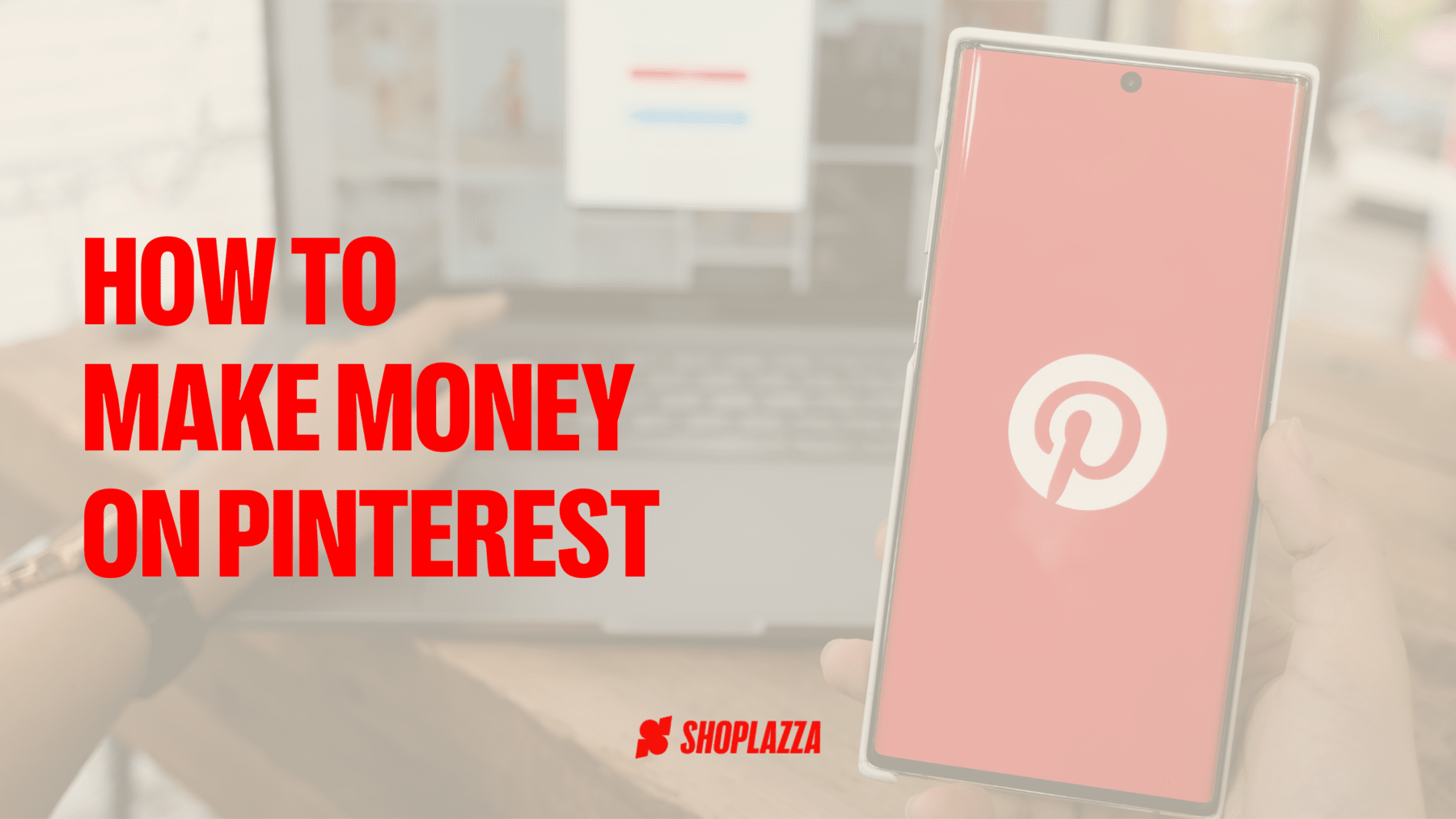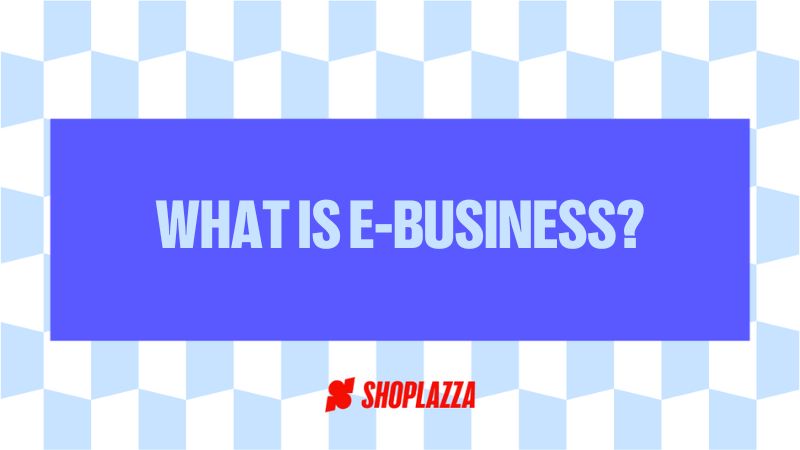
Imagine being able to convey something about you, your interests or your beliefs through a tiny object attached to your clothes. That’s the magic of enamel pins and one of the many reasons they are so popular.
If you’re thinking of starting an enamel pin business, you’ve come to the right place. Keep on reading to find out how to make enamel pins. Once we cover that, we’ll show you where to sell enamel pins and how to market them.
What are enamel pins made of?
Enamel pins have that name because they are coated with enamel paint, a solvent-based paint that, once dry, displays a glossy finish. While there are many types of custom pins you can make, the most common ones are soft and hard enamel pins.
The main difference between hard and soft enamel pins is their texture; while soft enamel pins have metal borders and edges, hard enamel pins come with a smooth finish.
Some of the metals you can use to make your enamel pins are iron, zinc alloy, brass, copper and stainless steel.

Why make enamel pins to sell?
One of custom pins’ many appeals is that their designs are often unique. By selling your own enamel pins, you’re saving a lot of people from the trouble of creating their DIY custom pins – and, believe it or not, some are willing to pay a lot for those tiny accessories. Disney’s online store, for instance, sells many pins for around $30.

People wear pins for many reasons, from supporting a cause they’re passionate about to sharing a piece of their personality or just looking fashionable. Besides, they’re versatile products, meaning people can wear them as lapel pins, put them on their hats or backpacks...
According to Google Trends, searches for “enamel pins” worldwide have been reasonably consistent in the past five years, with the US and Canada in the top 3 countries in terms of search volume. The fact that people have kept searching for enamel pins – even throughout a pandemic – might indicate stability in the demand for this kind of product.

How much does it cost to make enamel pins?
If you want to know how to make enamel pins to sell, an important question must have crossed your mind: okay, but how much is this going to cost me?
On the cheaper end of the scale, you can buy pins for around $0.50, whereas more expensive ones usually cost around $3 per unit. A few factors can impact the cost of your enamel pins, such as:
- Size and thickness. Larger enamel pins require more material and need to be thicker, which increases their price. Your enamel pin factory should be able to tell you the minimum thickness for the size of your choosing.
- Colors. Enamel pin factories usually allow you to use up to eight colors for the same price. Using more colors than the stipulated limit will cost you a few extra cents per unit.
- Type. You can choose between soft or hard enamel pins, and most pin companies manufacture both. We’ll get more into the difference between them in the section “How to make enamel pins to sell.”
- Quantity. Like most bulk orders, the more custom enamel pins you buy, the less you pay per unit. Most pin makers have a minimum order, usually around 100 pins.
How to make enamel pins to sell online
1. Find your audience
As unique as your ideas are, you won’t make a dent in the market if you don’t know who you are selling to. Before you begin to learn how to make enamel pins, this is a step you need to take to launch a successful business.
Deciding on a niche for your products will help your enamel pin store stand out and communicate with your audience more effectively. And knowing exactly what your potential customers are like and what they want can even help you come up with more design ideas for your pins.

In order to define your audience, there are several elements you should consider, such as age, location, interests, income and education levels, and language. But, more importantly, you should be able to answer the following: why will they buy your custom enamel pins? Is it because they want to make a fashion statement, support a cause, or convey their personality and interests? While you can sell enamel pins for all those purposes, the more specific your target audience is, the higher your chances are of grabbing their attention.
As for your niche, do you have a topic you’re passionate about? Sports, music, politics…? Great! If not, you can also pick a niche you’re simply familiar with – believe us, you’re bound to find an audience who wants to express their love for it through enamel pins.
Before settling on a niche, you’ll need to confirm there’s an actual market for it. Check out our tips to help you carry out your market research:
- Explore social media. What are people posting about? What kind of products do they like? Hashtags and influencers are good places to get some answers to those questions.
- Use Google Trends. Remember when we showed you how many people worldwide are searching for “enamel pins” on Google? You can do the same with keywords related to your niche and then filter the data to analyze the trends in your geographic area.
- Check out the competition. What are other enamel pin stores selling? What is their audience? Running a competitive analysis will certainly help you better understand the market and position your business.
2. Choose what type of enamel pin you want
If you are eager to learn how to make enamel pins, this is where we really get started.
Deciding on the kind of enamel pin you’ll create could make your head spin; there are several options out there! To make it easier for you, we’re going to focus on two of the most affordable ones for small businesses.
Soft enamel pins
Soft enamel pins are those with protruding metal edges that separate the colors. Those edges give the pin more texture, which you can feel with your fingertips:

Pros of selling soft enamel pins:
- You get to use a wider array of colors. Going with soft enamel lets you be more creative with your design and use any colors you like. The colors may also seem more vivid because soft enamel pins are only filled in with enamel paint at the end of the production process.
- You can add more textured details to your design. Because of how they are made, soft enamel pins come with metal edges that you can actually feel when you touch them. If texture is important for your design, then soft enamel is the best option for you.
- Production costs are usually lower. Because of the differences in manufacturing, each soft enamel pin you order can save you a few cents per unit.
Cons of selling soft enamel pins:
- Soft enamel pins are less durable. While you can add a layer of epoxy coating to protect the enamel paint, they are still more likely to get scratched.
Hard enamel pins
A hard enamel pin comes with a smooth surface because, unlike a soft enamel one, it is polished at the end of the manufacturing process:

Source: Stadri Emblems.
Pros of selling hard enamel pins:
- They are more durable than soft enamel pins. Produced from die-struck iron metal, they are heated up and polished. The hard enamel finish ensures a smooth, more resistant surface.
- They appear more high-quality. The polishing gives hard enamel pins a more durable, sturdy feel, which customers usually see as an indication of good quality.
Cons of selling hard enamel pins:
- Producing them can be more expensive. You may have to pay a few more cents for each hard enamel pin you order – which might not seem like much but can make a big difference when you place an order for a hundred or even a thousand pins.
- You have fewer colors to choose from. Because polishing is the last step in the manufacturing process, your options for metal finishes are more limited, and the colors might appear less vibrant.
3. Design your custom enamel pins
Creating enamel pins requires some design skills. There are basically three options available to you:
- You can design your own enamel pins. You’ll need to create mockups for your enamel pin ideas. No access to tools like Adobe Photoshop? No problem: there are a few free design tools you can use, such as Pixlr and GIMP.
- You can hire an enamel pin designer. If you have no idea how to make enamel pins, leave it to a professional. You can find a freelance designer to bring your custom enamel pins to life on marketplaces like Upwork and 99Designs, or even on social media.
- Your enamel pin factory can design it for you. Some pin makers have in-house graphic designers to help customers with their vector files, and the samples are usually included in the price.

As you work on your enamel pin designs, keep in mind that there are a few limitations regarding what you can and can’t do. Don’t worry, though, because we have some design-related tips for you.
The metal edges will keep the enamel paint in place when filling in the recessed areas. This means that your pin design should only include solid colors entirely surrounded by those borders.
Another critical thing to consider when learning how to make enamel pins is that your design will be used to create a metal mold (don’t worry, the metal mold costs are already included in the price).
Custom enamel pins are really small, so there’s only so much you can do in terms of detail. Make sure your pin design isn’t too busy and that words are legible. Try printing your mockups at home to check how they look before sending them to the manufacturer.
4. Select a manufacturer to sell enamel pins
Once your pin designs are done, we get to the final step in our guide on how to make enamel pins: picking the right manufacturer.
Finding a reliable manufacturer for your enamel pin store can be a little overwhelming. In order to help you, we’ve come up with some questions you can ask your prospective manufacturers:
- How does their pin production process work?
- What is the minimum order they accept?
- How much do custom enamel pins cost?
- How many enamel pins do you have to order to get a better price?
- What kinds of materials and clasps do they offer?
- How long does it take them to fulfill an order of x enamel pins?
- Do they provide samples, and are they included in the price?
- Do they offer custom packaging?
While most general factories will be able to manufacture high-quality items for you, there are also several companies that specialize in making enamel pins. The questions above should help determine which alternative will work best for your business.
Where to sell enamel pins
Now that you have an idea of how to make enamel pins, let’s figure out where to sell them.
Sell on marketplaces
Marketplaces like Amazon, eBay and Etsy are great places to sell enamel pins. Etsy, in particular, is very popular among merchants who focus on artwork and custom products.
One of the advantages of choosing a marketplace as your sales channel is that you won’t need to make a hefty upfront investment. Besides, you get access to the marketplace’s client base and can benefit from their reputation to help you make your first sales.
While selling in marketplaces is considered a low-risk investment, there are a few downsides to it. The main one is that you’ll be competing with hundreds of sellers who offer similar products, and you have fewer chances of standing out. In the picture below, for instance, the enamel pins are offered by different sellers, but users can’t tell who the seller is when they’re browsing through the results:

If you’re learning how to make enamel pins because you want a business that can become your main source of income, then launching an online store might be a better, less risky option for you.
Create your own online store
Without a doubt, the best way to sell enamel pins is to open your own online store. Creating a brand and having your website gives you a much better chance of standing out and drawing your audience’s attention.
Here are some benefits of creating an online store:
- It’s your own space. While selling on social media or marketplaces can be cheaper, you’re susceptible to any changes the companies who own those spaces might make. If Instagram stops being relevant or even shuts down, you’ll lose the customers you worked hard to acquire.
- It increases brand recognition. When you set up a seller account in marketplaces, you don’t have much say in what your page looks like. Besides, customers often associate the purchase with the marketplace instead of the seller’s name, so building a loyal customer base can be challenging.
- It makes your business look more professional. If you dream of turning your side hustle into a lucrative business, then creating your own online store is the way to go. When you sell online through a website, you’re likely to build your brand reputation more easily.
To start selling online, we suggest you take some time to find the best ecommerce platform for your small business. Shoplazza’s Basic Plan, for instance, allows you to choose and customize your store themes, get support 27/7, and integrate your store with tools like Google, Facebook and TikTok.
3 tips that will help you sell enamel pins
1. Take amazing pictures of your custom pins

You didn’t go through all the trouble of learning how to make enamel pins just so people would glance at them for a few seconds and then leave your website or social media post, right? You need to ensure your pins will wow users and appeal to them, and an excellent way to do it is by including high-quality photos of your products.
When buying online, customers want to see every detail of an item, especially if it’s a more intricate pin design. Besides, high-quality pictures will make your business seem more professional and stand out amongst the many images users are exposed to daily.
➡️ Not sure how to take amazing pictures? Check out our guide on how to enhance your product photos.
2. Optimize your online store
You’ve put your own enamel pins out in the world, but people need to be able to find them. In order to sell online (and be successful at it), make sure to optimize your website, particularly your product descriptions.
By selecting and focusing on a few keywords related to your pins and your brand, you can help users looking for products like yours find your store. Ecommerce platforms like Shoplazza offer built-in features to help you boost your SEO and make your online store rank for those searches.
➡️ No idea where to start? Read our SEO FAQs: Beginner Edition and learn what SEO is and how it works.
3. Make the most of social media marketing
Social commerce is here to stay. Social media are great tools to help promote your new business, and unlike what most people think, you don’t need a million followers to sell enamel pins through your social media accounts.
We’ve compiled a list of resources that can guide you through developing your social media strategy:
- How Facebook Shops Can Help Your Ecommerce Business
- How to Use Facebook Live To Increase Your Sales
- Reach Billions of Customers by Selling on Facebook Shop
- How to Use Instagram Hashtags for Likes and Traffic
- How to Write the Perfect Instagram Bio to Attract Followers
- How to Create Interactive Posts That Engage on Social Media
TikTok
Time to start your enamel pin business!
Let’s sum up everything we’ve learned about how to make enamel pins to sell: the first thing you have to do is decide on an audience and a niche for your business. Then, you have to pick the kind of enamel pin you want to create, come up with a pin design (by yourself or with the help of a professional designer), find a manufacturer for your lovely products and figure out where to sell them.
We know it might seem like a complicated process to follow, but we suggest approaching it one step at a time. Having a full picture of the process is useful, but you don’t need to tackle it all at once.
We hope this guide helps you sell enamel pins online and make your business a huge success. Good luck!
Photos: Unsplash and Rawpixel.




